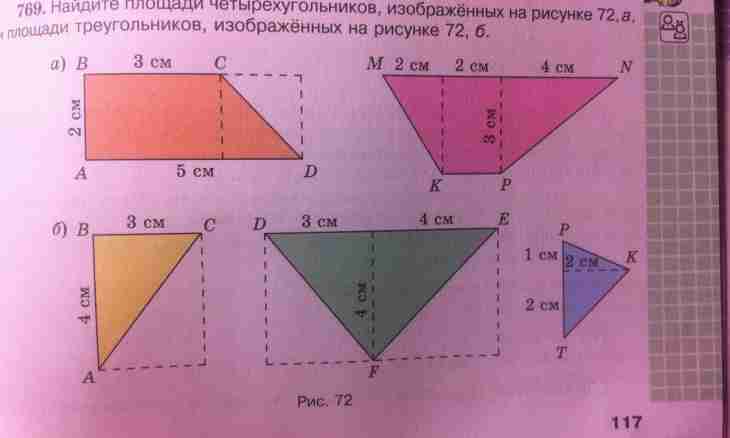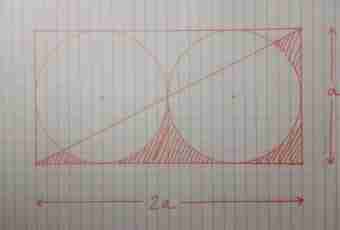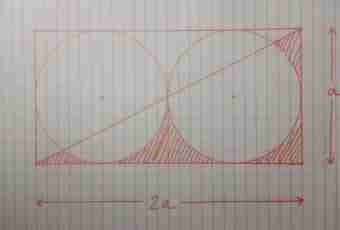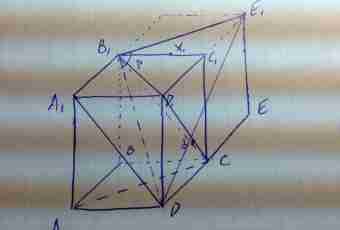Sometimes in life it is necessary to come up against situations in which knowledge from geometry is necessary. Such information in everyday life are seldom used therefore it is forgotten. One of demanded questions is search of the area of a triangle by means of length of two of its parties.

At the solution of various geometrical tasks quite often it is required to find the area of a triangle or figures which can be presented in the scheme of several triangles. Sometimes the area of this figure is required to be calculated also in life. For determination of the area there are several ways, application of each of which is defined by a type of a triangle and its known parameters.




